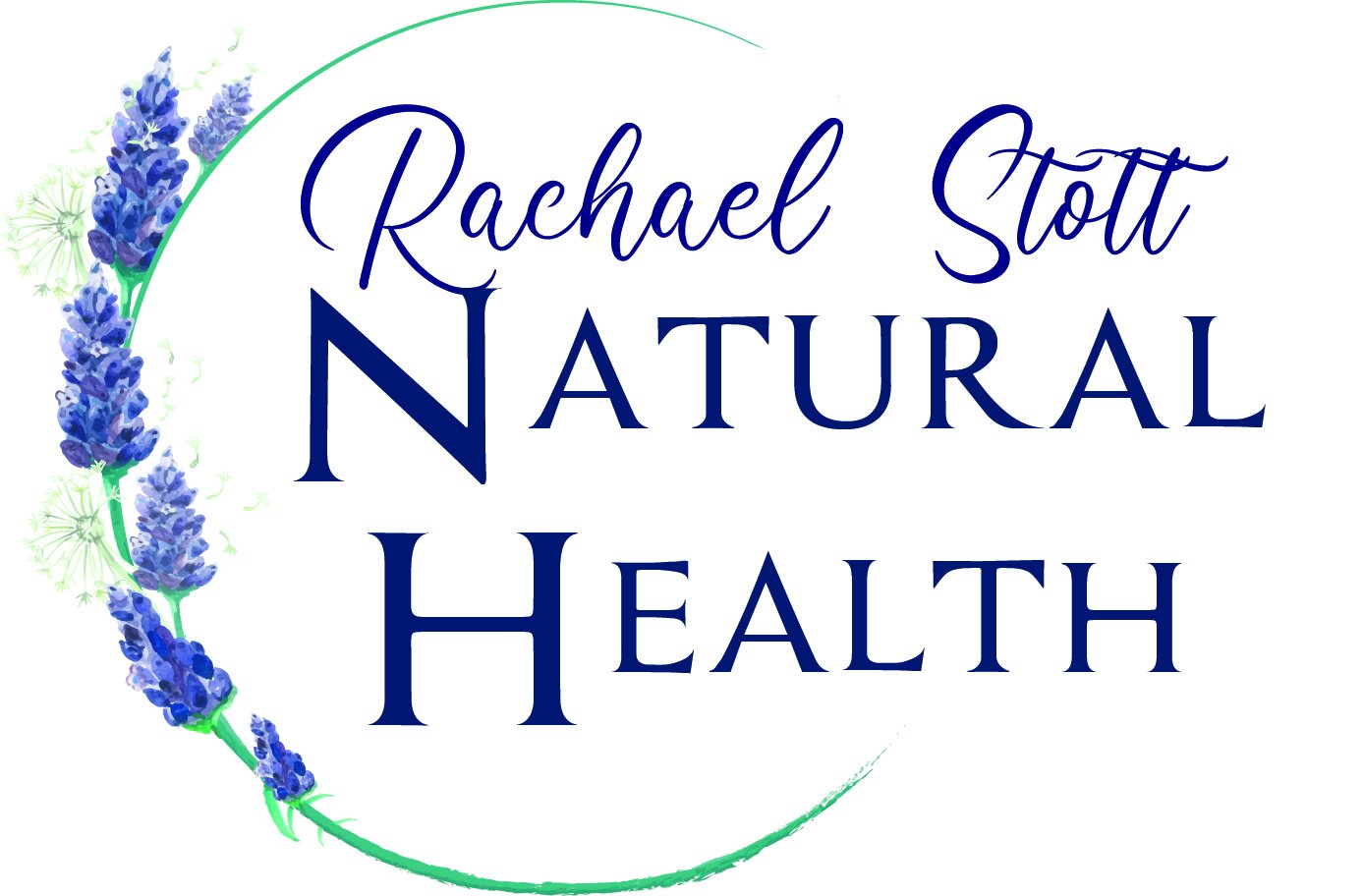The Apothecary Rose
Rosa gallica var officinalis is an old fashioned rose that’s delightful to have in my garden for its medicinal properties, the scent and its beauty
Roses are a favourite of mine. My husband calls them 'prickle bushes' but I can ignore the thorns and appreciate the flowers and the wonderful benefits the plants have to give us. A special one in my garden is Rosa gallica var officinalis aka the Apothecary Rose, the Red Rose of Lancaster (yes, one of the symbols of the War of the Roses). One nursery in NZ grows this. It dates from Medieval times so it flowers once annually (and is a very prickly specimen). But the colour and the scent are so lovely to have in my garden.
🥀Medicinally, what can I use this for?
Rosehip syrup is a rich source of vitamin C and the thing with old roses like this variety, they do produce large hips following flowering.
🥀Cosmetically, what parts are used?
The petals are used to make into rose essential oil with the hydrosol rosewater being used cosmetically and as a culinary addition. Rose petals were used to make the breath and body smell nice. Rose has astringent properties so are associated with looking youthful (it 'tightens the weave').
🥀How can I use rose in the kitchen?
The petals may be used in tea and mix well as part of a blend with things like hibiscus. Petals may be sprinkled in salads too. Rosewater is delicious addition to homemade marshmallows. The hips are deliocious as syrup and traditionally eaten when other fruit was out of season.
Rosa gallica var officinalis


